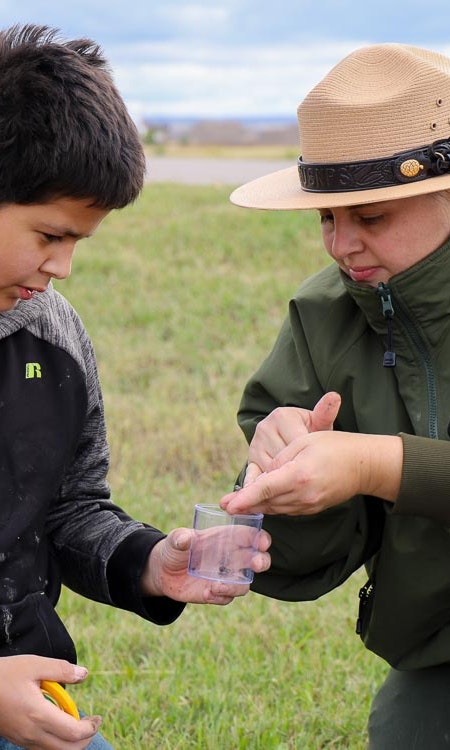
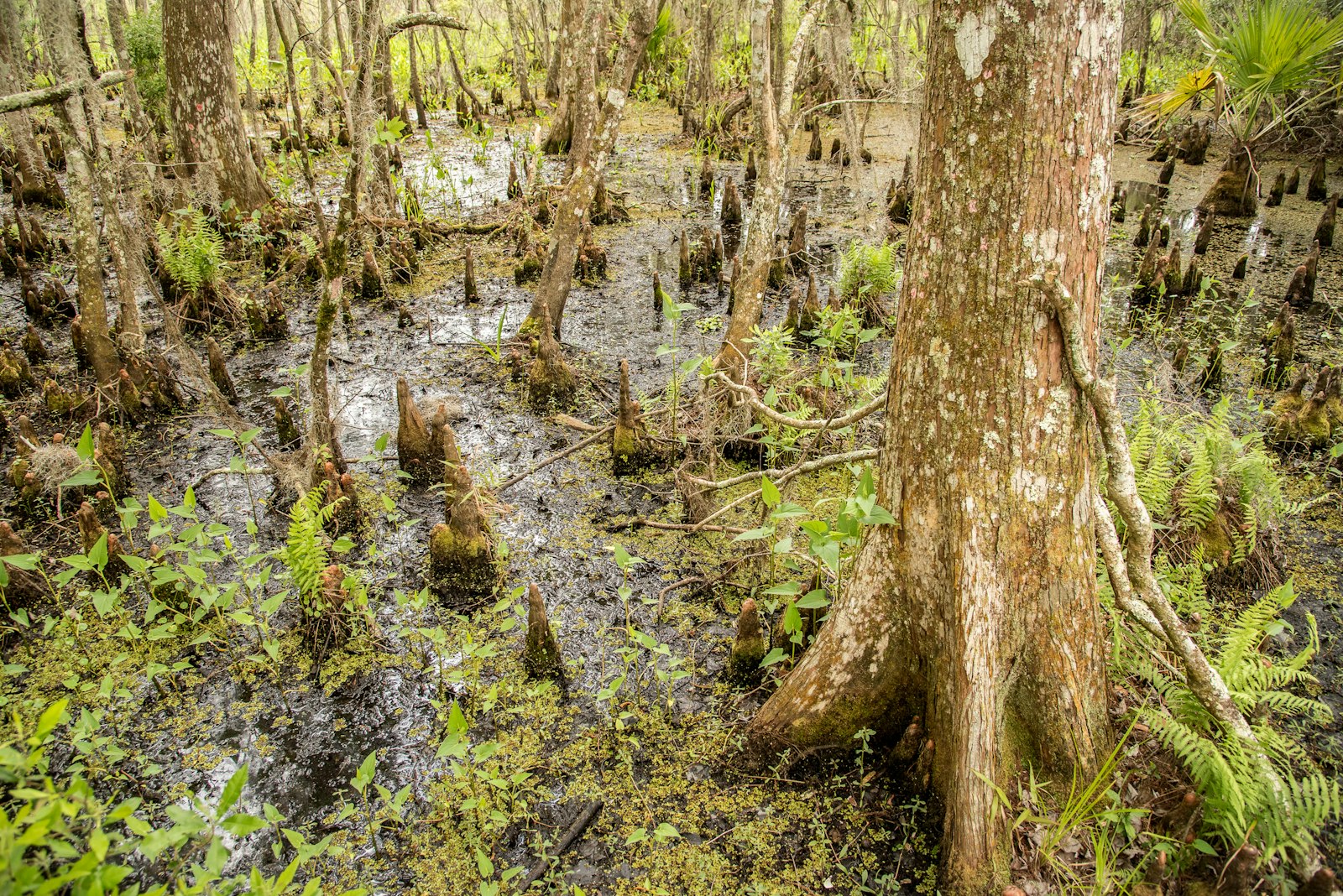
.
.
Field trip days are always the best days at school – and there’s no field trip quite like one to a national park! Thanks to NPF’s Field Science program, thousands of students from local Louisiana schools were able to visit Jean Lafitte National Historical Park & Preserve and engage in community science projects at the park, enhancing their STEM curricula through hands-on projects in an extraordinary living “laboratory.” 2022 marked the fifth year NPF and the park have collaborated on the program, and every year it continues to grow and evolve.
How It Works
NPF, with additional funding from the Walton Family Foundation, enabled the park to hire two coordinators, as well as two part-time student interns to support the program. Park staff are working with a growing number of teachers to develop projects that tie into STEM curricula students are working on in classrooms.
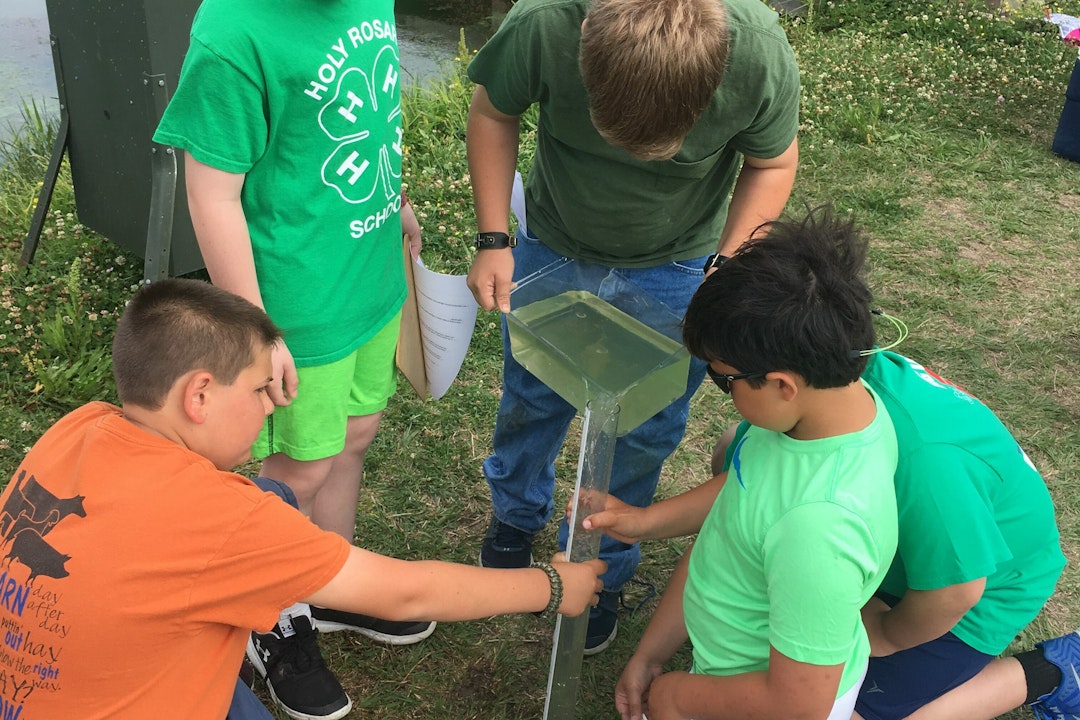

During a park visit, students participate in a variety of hands-on projects, from biological monitoring to water quality testing to identifying and removing invasive species. Monitoring data from students and other community scientists is uploaded to platforms including Frog Watch and Nature’s Notebook so that over time, scientists can identify and analyze trends in the park’s natural resources and health.
A Year at Jean Lafitte
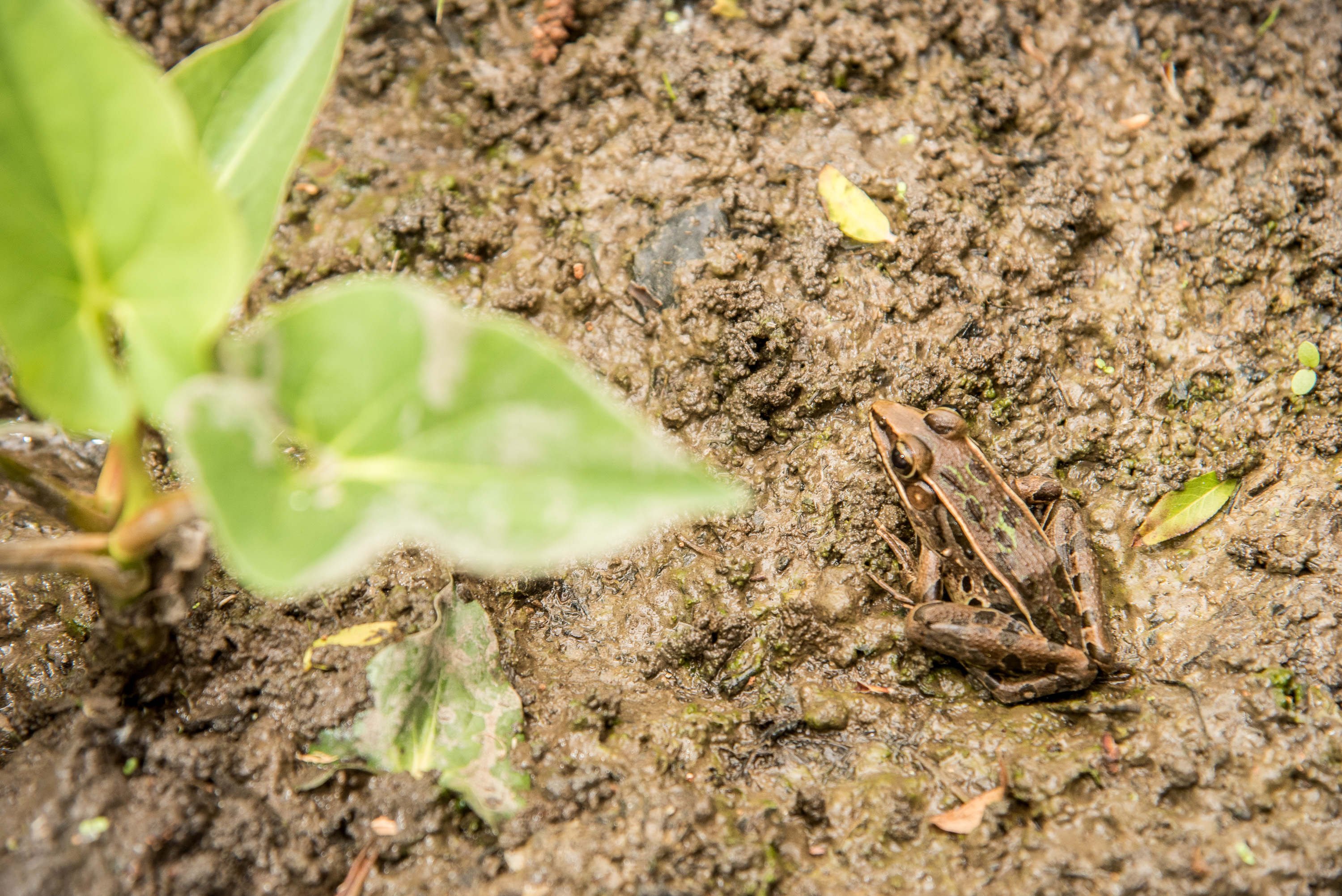
It was a busy year for Field Science at Jean Lafitte – in 2022, hundreds of students participated in the program. For many, it was their first time visiting a national park site. Students went on data collection walks throughout the park, logging information on what they saw into data collection programs. “Plants are way more interesting when you know what you’re looking at, or when you have something to look for,” remarked one student after their walk at the Wetlands Center. And students may be able to spot those plants in a growing number of native plant installations at partner schools and community centers, thanks to the program partnering with several local plant organizations.
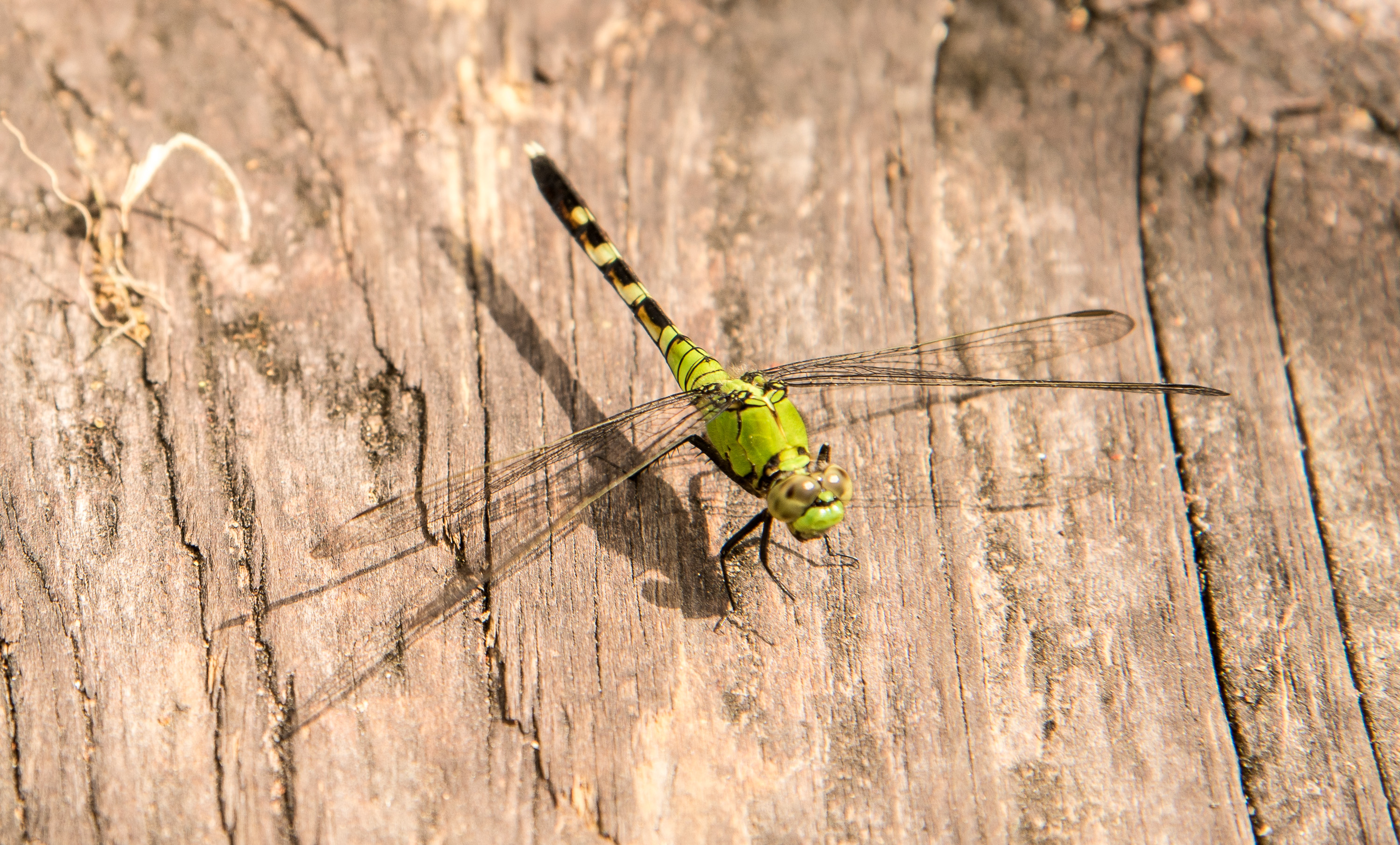
Students also tested water quality, measuring parameters including pH levels, salinity, and dissolved oxygen, helping students then understand the impacts humans have on aquatic habitats and the ways we can all work to protect them. Samantha Kreuscher, STEM Coordinator at partner school Lycée Français, remarked “not only are our kids getting exposure to learning outside of the classroom, but the curriculum is really pushing their critical thinking skills of how they play an active role in the environment and its conservation.” The park was also able to provide individual mentorship to students working on competitive science projects in addition to their daily curriculum.Students very engaged with the curriculum were even able to receive individual mentorship from the park to help with competitive science projects.
What’s Next
Now with five years under its belt at Jean Lafitte National Historical Park & Preserve, the Field Science program continues to adapt to meet changing needs. The program recently evolved to provide both virtual and in-class learning. The park also hosts teacher workshops to engage other interested educators on the program and how it could work for their classrooms. With continued and growing success, the park is also looking to grow a service-learning component of the program, as well as onboard more teachers.
Related Programs
-
 Field Science
Field Science

